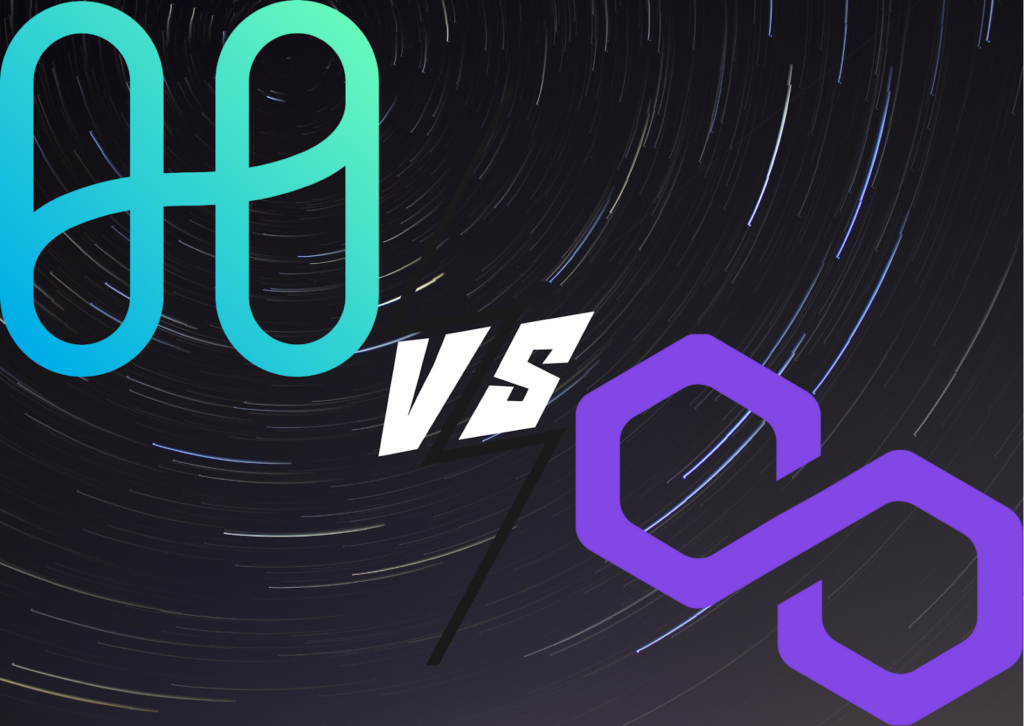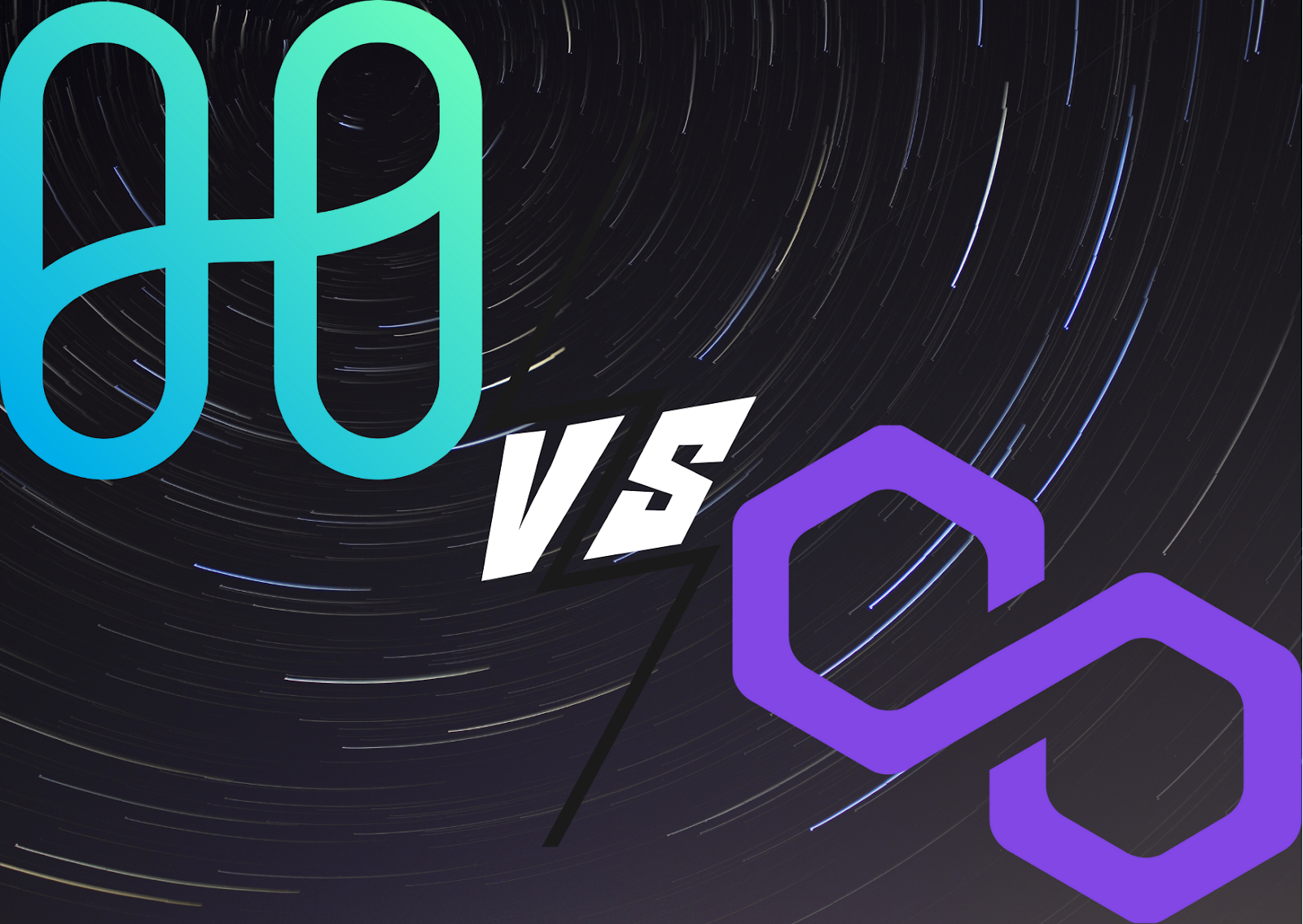Harmony (ONE) Vs. Polygon (MATIC)

As the Ethereum 2.0 beacon chain becomes more active with stakers owing to the upcoming London Upgrade scheduled in August, layer-2 and scalability solutions using cross chains are becoming more popular. Two protocols offering such solutions are Harmony and Polygon. In this article, we compare Harmony and Polygon to understand which of these has a higher user and growth proposition to sustain themselves in the future.
Price movement
Comparing the price of the native token of both these projects, it is revealed that both of them have witnessed enormous growth over this year.
Polygon (MATIC) grew from trading at $0.017 at the start of the year to trading at $0.95 currently, marking 5,252% gains year to date (YTD). The token hit an all time high of $2.62 on May 18, 2021 in the height of the market wide bull run. It captures 0.43% of the entire crypto market capitalization. MATIC is ranked 18th in the cryptoverse by market cap.
Harmony (ONE) went from exchanging hands at $0.004 at the start of the year to trade at $0.081 right now, marking 1,925% gains YTD. The coin hit it’s all time high of $0.222 on March 29 this year shortly after Elon Musk’s endorsement of cryptocurrencies in his company, Tesla. The token encompasses 0.06% of the market capitalization of all cryptocurrencies combined. ONE is ranked 88th amongst all the cryptocurrency tokens sorted by market capitalization.
Harmony (ONE)
Harmony is a blockchain that is Ethereum compatible and enables cross-chain transactions. Essentially, the cross-chain functionality entails that developers on the Ethereum blockchain can use the Harmony bridge to participate in applications on Harmony and settle back on Ethereum itself or even vice versa. The same interaction is applicable for the Binance Smart Chain (BSC) as well as its Ethereum Virtual Machine (EVM) compatible chain. The founders of the protocol, Stephen Tse and Rongjian Lun who have experience with working with tech giants like Google, Apple and Microsoft. The blockchain aims to be the top blockchain for cross-chain finance.
Since Harmony has extremely low transaction fees ranging from $0 to $0.001, it is a network that allows developers to deploy their applications in a fast and resource efficient manner. The features of Harmony like 2 second transaction finality, a shared architecture capable of the massive scalability requirement of the future and more than 1,000 validator slots also enable this endeavour. Also, the protocol’s Bridge technology enables trustless execution that ensures that the cross chain bridging of blockchain for transactions and applications is entirely censorship resistant and decentralized. The latter being one of the key user propositions of blockchain technology and industry as a whole. It’s worth mentioning that the Horizon bridge by Harmony has over $45M TVL.
Polygon (MATIC)
The Polygon protocol is a framework that allows developers to build and connect Ethereum compatible blockchain networks. It aggregates scalable solutions on Ethereum while supporting a multi-chain ecosystem for Ethereum. The protocol aims to overcome the limitations of the Ethereum network in its current state like low throughput, lack of sovereignty, a poor user experience (UX) due to gas fees, and delayed Proof of Work (PoW) finality. The protocol was founded by a four member core team that is primarily Indian. The founding team consists of Jaynti Kannan, Sandeep Nailwal, Anurag Arjun and Mihalo Bjelic.
The framework supports two main types of Ethereum compatible blockchain networks, standalone networks and network that use “security as a service.” For the latter, this security service can either be provided by Ethereum directly through fraud and validity proofs or through a pool of validators, a concept similar to Polkadot’s shared security feature. The framework’s architecture consists of four abstract, composable layers to the network, namely, Ethereum layer, Security layer, Polygon networks layer and Execution layer. Each of these layers serve a different purpose.
Comparison between Harmony (ONE) vs Polygon (MATIC)
| Harmony (ONE) | Polygon (MATIC) | |
| Ranking | 81 | 17 |
| Total Market Capitalisation | $844.011 million | $6.037 billion |
| Price | $0.08176 | $0.9543 |
| Transactions Per Second (TPS) | Aim to reach 10 million TPS with a latency of 0.1 seconds | 65,000 TPS |
| Staking Rewards | 9.81% for delegates, 10.7% for validators | ~14.2043 % |
| Interoperable | Yes | Yes |
| Current adoption | Partnered with more than 66 different projects | Over 200 projects |
| Proof-of-Stake (PoS) | 1,000 validators | 110 validators, 35,184 stakers |
| Compute Model | Geth EVM 1.9.9 | Geth EVM 1.10.1 |
| Trust Model | Data on Harmony, On-chain slashing | Commit chain, 5-multisig upgrade |
| Finality on Ethereum | 2 secs + 6 mins | 34 mins / 3 hours |
| Bridge Fees | 400 gas per transaction with BLS checkpoints | 295k gas per transaction |
| Validators | 1,000 | 110 |
| Economics Security | $700 million staked with 109 open pools | $2.8 billion staked with 110 validators |
| Bridge Launch | Oct 2020 | Sep 2020 |
| Ecosystem | Sushi, Binance, Bitcoin Bridges | Aave, Sushi, Curve |
Once we compare both of these protocols, it is evident that both have a higher value proposition to the Ethereum and blockchain community as a whole. However, Harmony edges Polygon out in the regard that it is actually an entire blockchain onto itself while also providing a bridge that enables interoperability with Ethereum and other blockchains such as Binance Smart Chain. Thus, Harmony is in direct competition with layer 1 blockchains like Avalanche, Solana, and BSC, as well as layer 2 solutions like Polygon, Optimism and Zksync. In contrast, Polygon is just a level 2 scaling platform that uses ETH for security and provides efficiency and speed for transactions.
The fact that Harmony has over 1,000 validators responsible for the staking activities on the blockchain as compared to 110 validators for Polygon, makes Harmony more decentralised with a larger dissipation of governance responsibilities in the network. Thereby limiting chances of one sided takeovers and attacks on the network. Harmony also remains to be the network that in theory has a much higher TPS than Polygon which enables faster transactions and improves network efficiency.
Considering all the aforementioned aspects, it is evident that at this moment, Harmony brings a higher value proposition for it’s users for a more long lasting solution to Ethereum’s issues. Polygon is also a good solution for users looking for scalability within Ethereum campiable blockchains until the Ethereum 2.0 transition is complete to a Proof of Stake (PoS) consensus mechanism. But there is a chance that once the transition is complete, its value proposition might lose its current appeal and could need an upgrade.

